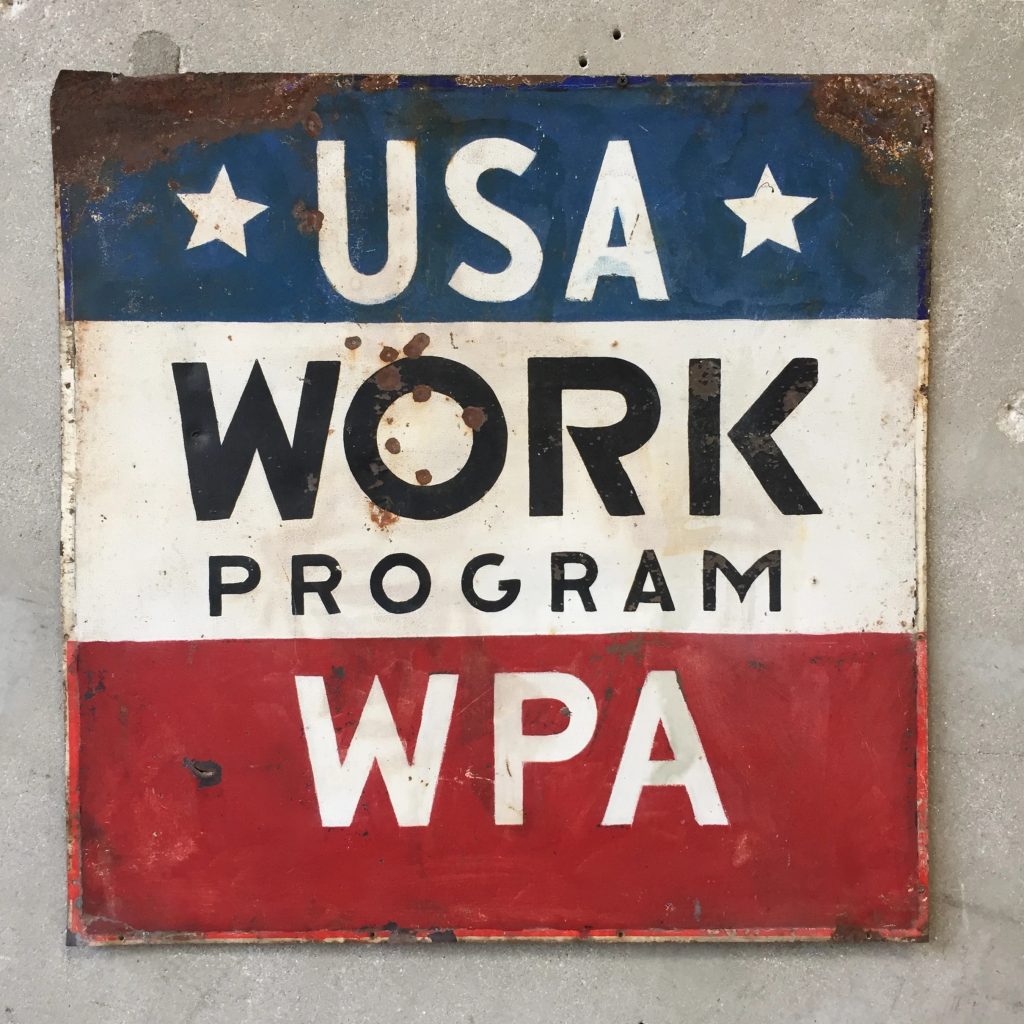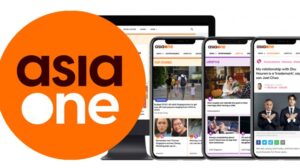ARTISTS AT WORK “Living Wages For Living Artist COVID-19 pandemic

“Art is not a treasure in the past or an importation from another land, but part of the present life of all living and creating peoples.”
–FRANKLIN DELANO ROOSEVELT
A WPA for the 21st Century
Artists are the messengers who will lead us into the future–their work will help us to understand our
new world; their creativity and inspirations will both express and allow us to maintain our humanity
through trials that feel inconceivable. But right now, our musicians, fine artists, filmmakers, theater
artists, writers, and dancers are suffering grave financial circumstances; their incomes are being
decimated, and many can’t pay rent let alone make art.
Inspired by FDR’s Depression-era Works Progress Administration, ARTISTS AT WORK (AAW) is a new
program designed to give artists resources to continue to produce work during the immediate health
and economic crisis. The WPA kept art vibrant during the depression through Federal Project
Number One, which at its peak employed more than 40,000 writers, musicians, artists and actors
across the country to continue to make art and engage with the public.
AAW adopts these same principles to address the same needs in a new world. Conceived as a public/private partnership that combines government, corporate, and foundation support, it is a Federal Project Number One reimagined into a modern context that is sensitive to the 21st century landscape (now about to drastically change) of every artistic discipline’s place in the culture. AAW is anchored in a series of direct living wage grants to artists working across all artistic disciplines, as well as funding for participating institutions to hire administrators for the program and act as culture hubs for participating artists. The program is designed to inject health into the cultural sector and benefit the greater good of all Americans in four main ways:
- By giving artists financial security through paid opportunities to
create work. - By giving the general population more access to art through
public art projects and free presentations of new work. - By engaging cultural institutions to support the creation and
presentation of the work. - By employing participating artists in a wide-reaching arts in
education initiative.
Like the WPA, AAW will result in hundreds of new works of art that will benefit society long after our
current surreal period has passed. These will include public art installations as well as works of theater,
dance, literature, film and video, photography and music, all born of the moment, that will become part of
our lasting cultural heritage––a positive legacy blossoming from this singularly disruptive,
paradigm-shifting global event.
Also like the WPA, this program will both help individuals and also boost the overall cultural sector, which
employs millions of Americans and contributes so much to the economic, social, and intellectual resilience
of every community in the country. Art is a powerful engine for economic development: when art
flourishes, it’s not just artists but diverse categories of workers and business that benefit, from theaters
and concert halls and cinemas and the ticket takers, sound engineers, janitors, bartenders, and electricians
they employ, to the restaurants and other local businesses that are positively impacted by cultural events,
to the lawyers and accountants and managers and creative collaborators artists hire. Thriving artistic
communities make for dynamic local economies.
While we grapple as a global society with this moment of upheaval and uncertainty, the need for art—to
make sense of things, to ground us and inspire us to keep our aspirations and values intact, to help us
comprehend our place in the world in a time of crisis—is more crucial than ever. How do we ensure our
artists make it through the immediate catastrophe, and allow them to continue to create, to think, to
envision—to keep working while in isolation so that they can burst forth when this passes, to play the
crucial role they inhabit in society and in our economy? How do we preserve and promote art as financially
viable work, and build new structures that will sustain that work into the future?
The world is being remade by the Covid-19 pandemic, and the America we will all re-emerge into after
the immediate health crisis is weathered will be a new landscape, both economically and culturally. What
will that look like, and how will we thrive? Art and artists will illuminate the path forward. AAW will
ensure that they are able to do that.










